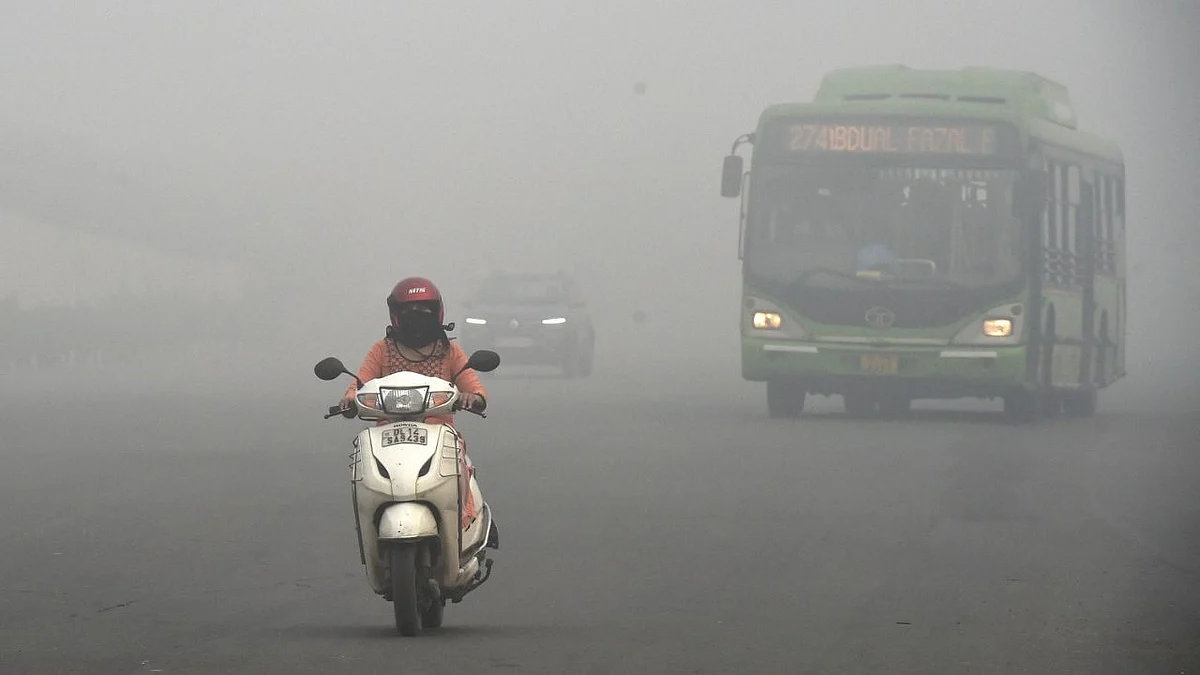AQI at 462, Delhi Records Poorest Post-Diwali Air Quality in 5 Years: CPCB Data
CPCB said that AQI the day after Diwali was 435 in 2020, 368 in 2019; 390 in 2018; 403 in 2017 and 445 in 2016.

advertisement
Delhi on Friday, 5 November, recorded the poorest post-Diwali air quality in five years as firecrackers despite government regulations and stubble burning saw the Air Quality Index (AQI) shoot to 462, according to data from the Central Pollution Control Board (CPCB).
The national capital woke up to a murky morning pervaded by smog on Friday, a day after it celebrated Diwali with full blast. The acrid haze intensified in the wee hours of Friday, as Delhi witnessed the bursting of crackers during the festival despite government guidelines.
According to PTI, the CPCB data showed that AQI the day after Diwali was 435 in 2020, 368 in 2019; 390 in 2018; 403 in 2017 and 445 in 2016.
Meanwhile, the AQI was 382 on Diwali day this year, 414 in 2020; 337 in 2019; 281 in 2018; 319 in 2017 and 431 in 2016.
Delhi’s environment minister Gopal Rai has pinned the blame on farm fires and firecrackers, and has hit out at the BJP for allegedly making people burst firecrackers on Diwali.
According to data provided by the CPCB, the AQI of a majority of the regions in Delhi lay in the 'severe' category. System of Air Quality and Weather Forecasting and Research (SAFAR) has indicated that the AQI levels will improve after Sunday evening.
(With inputs from PTI.)
(At The Quint, we question everything. Play an active role in shaping our journalism by becoming a member today.)